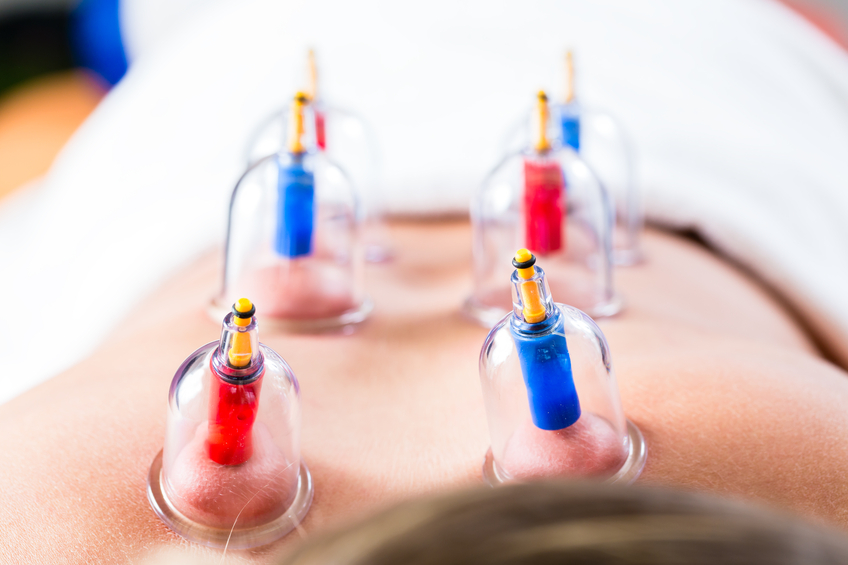If you’ve been tuned in to this week’s events, including Michael Phelps’ many, many races (and medal-winning moments), you’ve likely noticed him, as well as other athletes, covered in purple-ish spots.
No, they’re not birthmarks, bruises or tattoos – they’re the result of “cupping,” an ancient Chinese healing technique that is thought to draw blood closer to the surface and improve recovery time for sore muscles, according to The New York Times.
And, while it’s hard to argue with a guy who has 26 career medals (and still counting), we’re still researching the science behind this practice.
As reported by Forbes, repeated cupping in the same spot can destroy your skin and lead to dangerous infections. Apart from the potential for infection, there’s not a whole lot of proof that it does much harm, though. Similar to Kinesiology tape, which had its moment in Beijing in 2008, cupping may be more of a harmless trend than a real healing technique.
The New York Times cited one 2012 study, in which two groups of patients with chronic neck pain tried cupping and “progressive muscle relaxation.” Since both groups reported similar reductions in pain after 12 weeks, it is unclear whether cupping provides any physiological benefit, or if it is simply a placebo effect at work.
While we’d like to see more evidence before drawing a solid conclusion on the technique, there is one thing we can say for sure: Cupping will be old news by 2020 and we’ll have to explain the trendy technique the world’s most elite athletes are using then. Any guesses?


